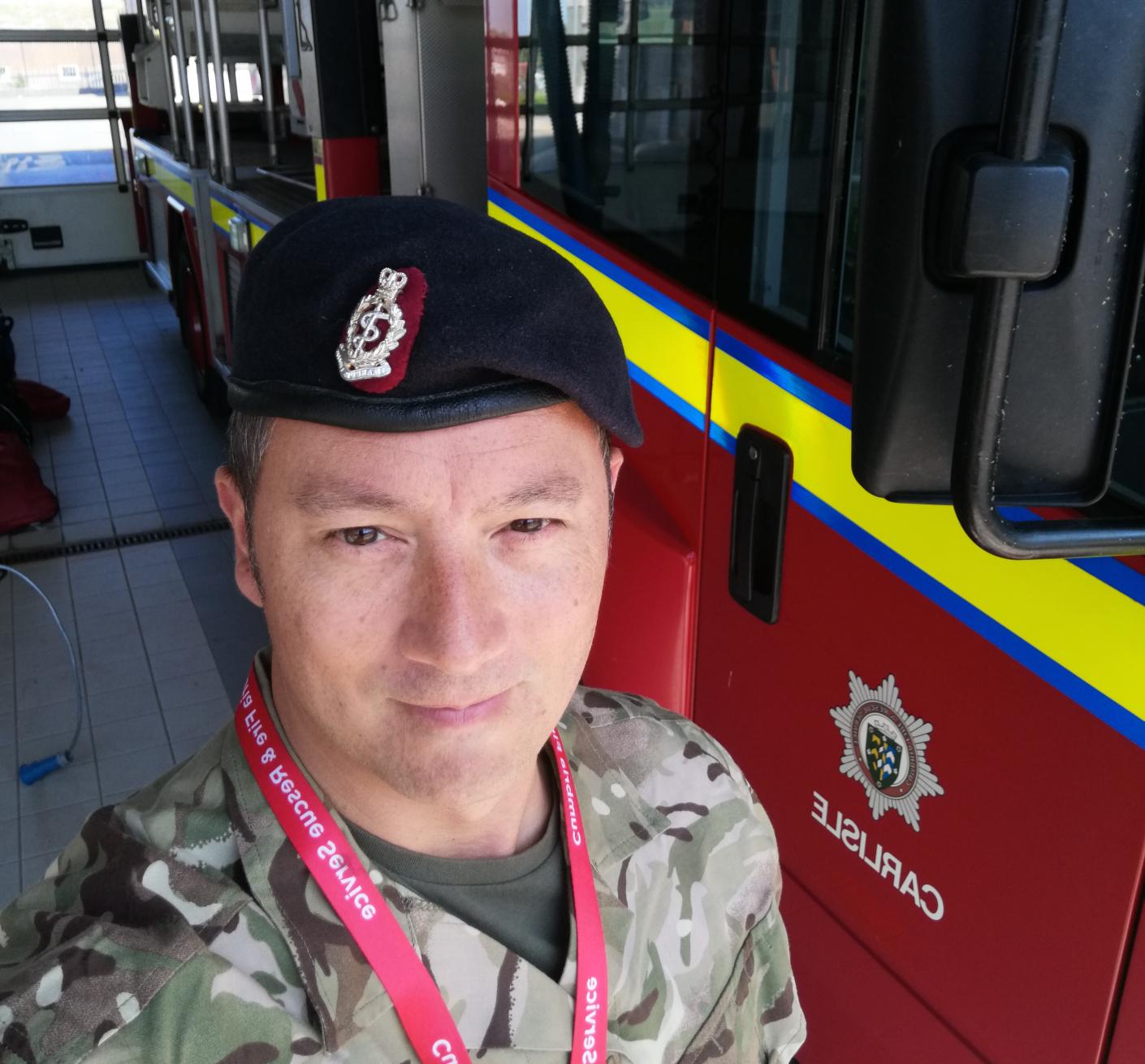The Royal Army Medical Corps
Sam Starmer, a Watch Manager with Cumbria Fire and Rescue Service and a Combat Medic in the British Army, shares an insight into the Royal Army Medical Corps...

The Royal Army Medicla Corps (RAMC) is a specialist corps in the British Army which provides medical services to all Army personnel and their families, in war and in peace. The RAMC was formed in 1898 and is the largest corps in the Army Medical Services (AMS).
The Corps has a role which ranges from providing immediate first aid emergency care on front line and routine treatment or long-term care at health centres and hospitals, as well as health promotion and disease prevention.
In the field, RAMC surgeons, pharmacists, doctors and medics combine expert medical training with leadership skills to coordinate large-scale trauma situations and humanitarian operations. Their work in the field of conflict has contributed to improvements in trauma care in civilian healthcare systems.
At the outbreak of the Great War, just 16 years after its formation, there were 9,000 Warrant Officers and Men of the RAMC; this grew to 113,000 by 1918. The British Army had never before fielded a field ambulance in conflict. The entire British army today consist of just 79,990 trained personnel covering all trades.
Even today there is a general misconception that the function of the Medical Services in war is to just bind up wounds. The RAMC has far greater reach than this.
Throughout history the RAMC have been present in conflicts from the Boer war (1899-1902) First World War (1914-18) And Second world War (1939-1945, In recent years, RAMC personnel have deployed to Bosnia (1992-), Kosovo (1999), Afghanistan (2001-14), Iraq (2003-11), and Sierra Leone during the 2014-15 Ebola outbreak. They are currently involved in training and developing members of the Ukrainian Armed Forces.
The cap badge of the RAMC features a serpent coiled round a staff. This symbol is known as the Rod of Asclepius, after the ancient Greek god of healing and medicine. It is used by many medical organisations across the world, including the World Health Organisation.
